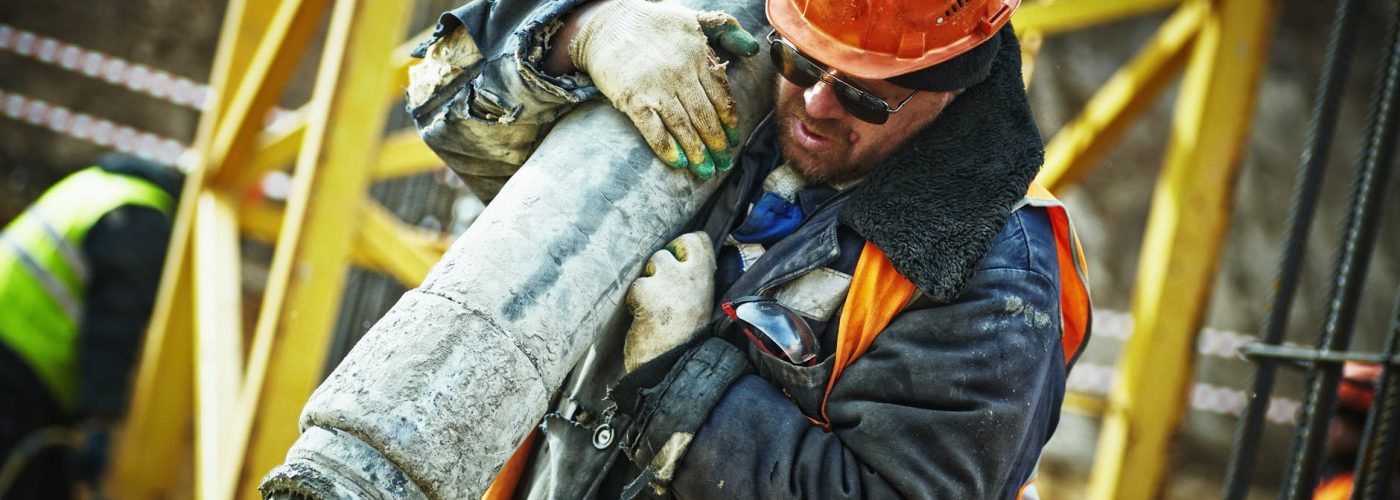The construction industry accounts for one of the highest numbers of workplace injuries and fatalities in the private sector. According to Occupational Safety and Health Administration (OSHA), about 20% of all private worker fatalities in 2019 were from the construction industry, equivalent to one in every five worker fatalities. With such grim statistics improving construction site safety should be a priority for every employer.
Risks Associated with Unsafe Construction Site
Unsafe conditions and lack of training are some of the common problems that construction workers face daily. As a result, they may suffer a wide range of workplace accidents, including falling from heights, being hit by falling objects, electrocutions, being injured by construction machinery, and more. If you or someone you know has been injured at a construction site, seeking the advice of a construction accident lawyer such as Emroch & Kilduff, based in Virginia, can help you collect the benefits you deserve.
Steps to Improving Your Construction Safety
Workplace injuries and fatalities are usually expensive to employers in terms of compensation and loss of workforce. Employers may also be faced with higher insurance costs due to high accident prevalence. For that reason, every employer has an obligation to ensure the safety of their workers by:
1. Making Worksite Safety with Priority
In any worksite, “safety first” should be more than lip service. Prioritizing workers’ safety communicates that their wellbeing and safety is your top concern and can help instill confidence and build trust.
Putting safety first can also help you cut costs by improving worker productivity since you will not have workers missing out on work due to injuries. Besides, a strong safety record can also help in keeping your insurance costs down.
2. Training Your Workers On Safety Regularly
Ensuring that your workers get proper training is the easiest way to improve your company’s safety culture. On top of that, having your employees trained on safety shows that you value them, which can boost morale.
Safety training should not be a one-off event; it should be an ongoing effort at reinforcing best practices. Regular training helps workers retain what they have learned, which helps keep safety top of mind.
3. Ensuring Employees Are Equipped with Proper Protective Gear
Wearing proper personal protective equipment (PPE) at the construction site could mean the difference between minor and long-term injuries or fatalities. It’s the employer’s responsibility to ensure that all their workers are equipped with the appropriate PPE relative to the nature of their work. Additionally, employers must ensure that their employees wear their appropriate protective equipment while on the worksite at all times.
4. Rewarding The Good and Correct the Bad
Using incentives for good safety practices can be a great way of promoting adherence to company safety standards. Workers could be rewarded for attending safety meetings and training sessions, proper usage of their PPE, making safety improvement suggestions and reporting near misses or unsafe conditions or hazards. In addition to rewarding the good, be sure to correct workers who disregard your company’s safety standards.
5. Conducting Regular Site Inspections and Safety Meetings
Job sites need to be inspected before work begins and at the end of each workday. These daily inspections ensure that no tools or dangerous debris are left lying around in the construction site and ensures that all the equipment is in good working condition.
It would also be helpful to conduct brief safety meetings daily before work begins to go over the tasks ahead and the safety procedures to be observed. Holding brief meetings can also be an excellent way of ensuring that all construction workers have their proper PPE before starting work on the site.
Wrapping Up
Having a strong safety culture means making an intentional effort to put safety first. Even where you may believe that you have a safe work environment for your workers, there can always be room for improvement.





